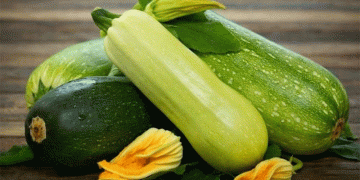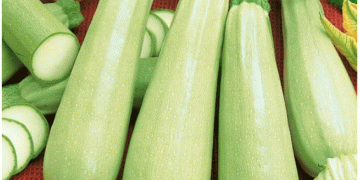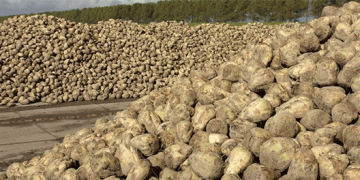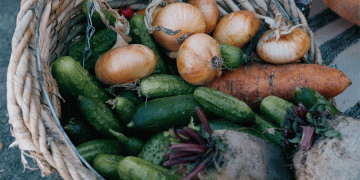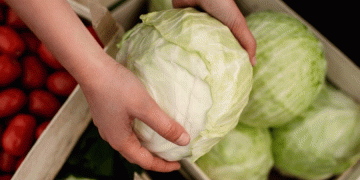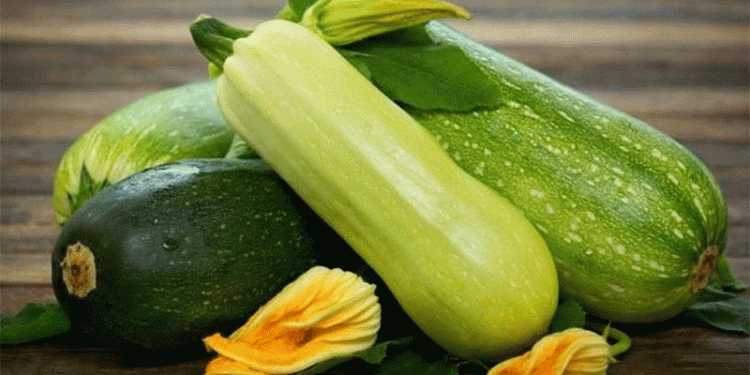Spain has solidified its position as a major player in the global zucchini market, with exports increasing by 46.63% from 277.82 million kg in 2015 to 407.37 million kg in 2024 (Hortoinfo/ICEX). Meanwhile, imports surged by 79.8%, reaching 18.19 million kg in 2024, up from 10.12 million kg in 2015.
Key Import Trends
- Marocco Dominates Supply: 68.44% of Spain’s zucchini imports (12.45 million kg) came from Morocco in 2024, up nearly 32% since 2015. The average import price was €0.96/kg, totaling €12 million.
- Portugal & Germany Emerge as Key Suppliers:
- Portugal supplied 4.17 million kg (€4.53 million at €1.09/kg), a massive jump from just 0.24 million kg in 2015.
- Germany, surprisingly, became the third-largest supplier (767,195 kg at €1.33/kg), up from 58,353 kg in 2015.
Export Performance & Pricing
- Revenue Growth: Zucchini exports generated €529.39 million in 2024, up from €304 million in 2015.
- Price Increase: The average export price rose from €1.09/kg (2015) to €1.30/kg (2024), reflecting stronger demand or higher production costs.
Market Implications for Agri-Stakeholders
- Farmers & Producers: Spain’s export growth signals strong international demand, but competition from Moroccan imports (cheaper at €0.96/kg) may pressure local pricing.
- Agronomists & Engineers: Optimizing yield and quality will be crucial to maintaining Spain’s export edge.
- Policy & Trade Analysts: Morocco’s dominance highlights the need for competitive strategies, possibly through trade agreements or improved logistics.
Spain’s zucchini sector is thriving, with exports and imports both expanding significantly. However, reliance on Moroccan imports and rising export prices suggest both opportunities and challenges ahead. Stakeholders must focus on efficiency, cost management, and market diversification to sustain growth.
